Surely you’ve already come across such a concept as the levels of chemicals in your pool, and you know they’re interconnected. For example, cyanuric acid or pool stabilizer protects chlorine from the negative impacts of .
As far as total alkalinity is concerned, this is closely related to pH, and low levels will create many problems. You can adjust alkalinity in three different ways.
Therefore, we have gathered the three best ways to raise alkalinity in a pool depending on pH levels, and answered popular questions related to the main topic in this article.
What Is Total Alkalinity?

In simple terms, total alkalinity (TA) is the ability of water to neutralize acidity, which causes eye and skin irritation, equipment corrosion, and algae. In scientific terms, alkalinity is the concentration of calcium carbonate in water, which forms shells, marbles, limestone, and chalk.
However, in swimming pools, alkalinity can also be measured by the concentration of sodium bicarbonate, or simply baking soda, which is used to increase the total alkalinity. It is worth noting that the goal is to maintain 80–120 of .
Why Do Total Alkalinity Levels Become Low?
We can highlight five different reasons TA becomes low:
- Lowering the pH using acid. Acid is the primary means of lowering pH. However, we know that acid increases acidity. Therefore, excessive use can lower total alkalinity levels.
- Use of a stabilizer. Simply put, the stabilizer is cyanuric acid, which lowers total alkalinity levels for the same reason as lowering pH with acid does.
- Evaporation of water. Solid dissolved substances do not evaporate with water, and their high concentration causes TA to decrease.
- Water dilution. From time to time you may add fresh water to the pool, which can have low TA. It will lead the total water solution to have lower TA too.
- Microorganisms. Some of them can feed on elements that control total alkalinity levels.
How Does Total Alkalinity Relate To pH?
TA acts as a , so it has a crucial effect on pH levels. Thus, pH will remain stable when chemicals or rainwater enter the pool. However, if is less than 80 ppm or more than 120, the pH levels will also be incorrect.
- TA < 80 ppm. The pH becomes unstable, and its levels fluctuate when exposed to chemicals or rainwater.
- TA > 120 ppm. pH stabilizers become less effective, so you should add more of them.
Therefore, before adjusting pH levels, you should make sure that the TA is in the normal range.
Is It Safe To Swim When Total Alkalinity Is Low?

Generally, swimming in a pool with low TA is acceptable. However, we do not recommend it, as unstable TA can cause pH changes that can harm you.
- pH < 7.2. Low pH can cause eye and skin irritation, coughing, shortness of breath, or wheezing. Also, low pH can cause equipment corrosion and reduce the effectiveness of chlorine.
- pH > 7.8. High pH also causes eye and skin irritation. In the case of a pool, this can cause cloudy water, scaling, and reduced chlorine effectiveness.
3 Rules On How To Raise Total Alkalinity Level
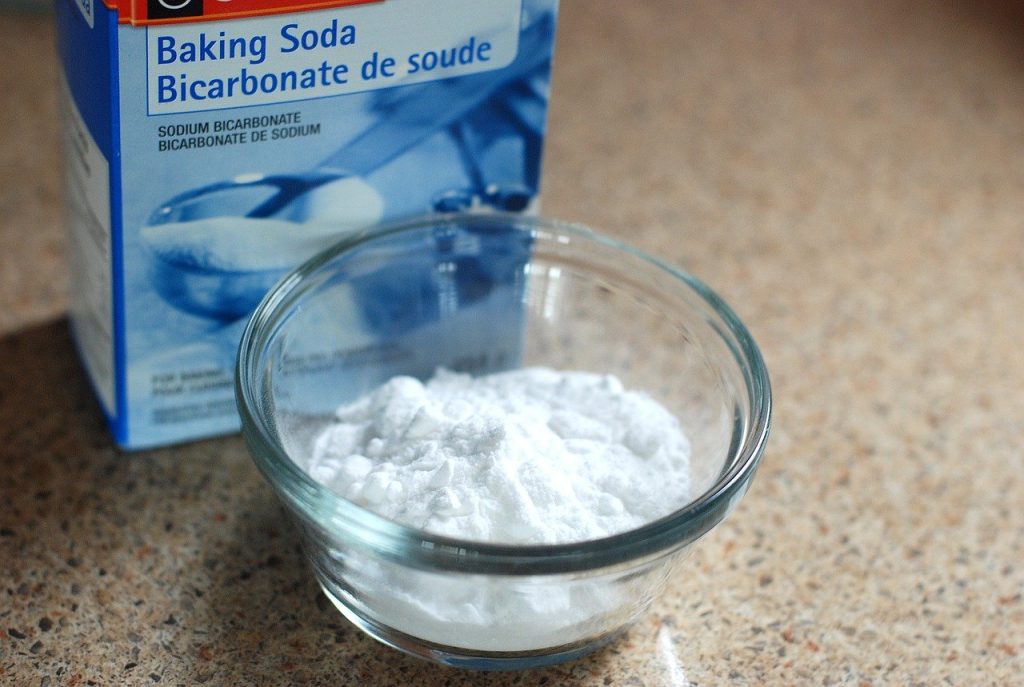
The algorithm for adjusting TA in the pool is almost the same depending on the pH levels. You should keep in mind to raise TA first and then deal with pH, as the proper TA levels can stabilize your pH.
However, if pH levels are not stabilized after raising the TA, you should use pH adjusters (check Rule #2 and Rule #3) because, without a stable pH, there’s no point in adding chlorine and other substances to keep the water clean.
Rule #1: When pH Is OK
When a pool’s pH level is normal, you don’t have to worry about it, because baking soda doesn’t raise pH levels, only TA levels. So, to raise the pool’s TA, you should do the following:
1, Measure TA and pH levels using test kits. pH should be between 7.2 and 7.8, while TA should be between 80 and 120 ppm. If TA is lower than required and pH is normal, follow the next steps. If the pH is lower or higher, check Rule #2 or #3.
2. Add the required amount of baking soda according to the table mentioned below:
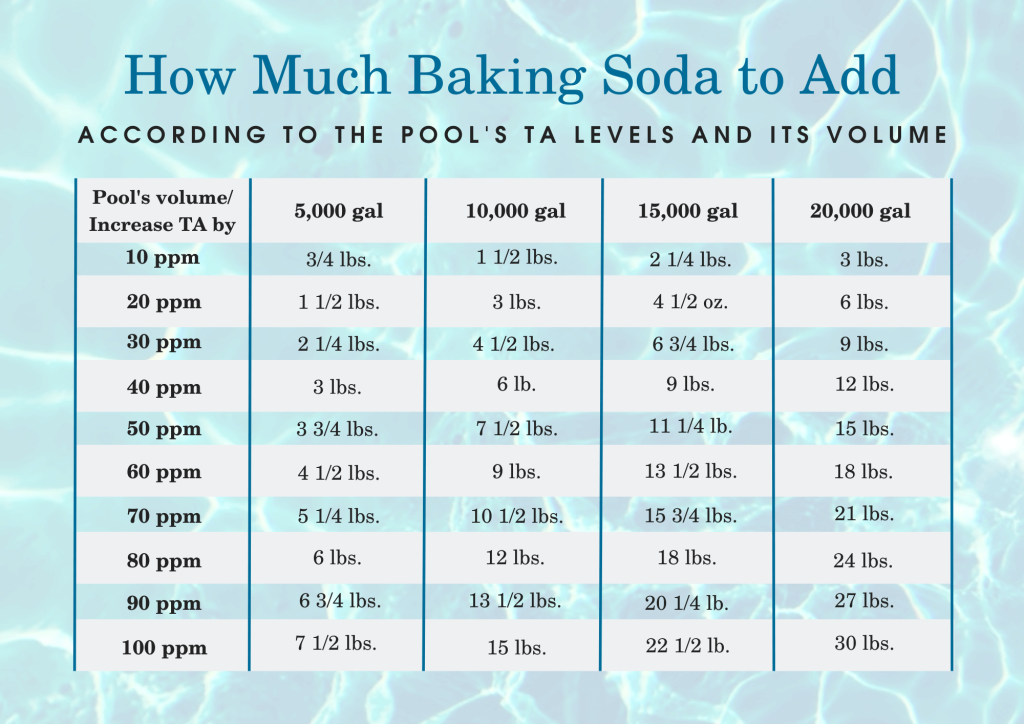
3. Pre-dissolve baking soda in a bucket of water, which will take approximately 5–10 minutes. This way, you can distribute the chemical evenly throughout the pool and prevent it from settling to the bottom.
Important! You need to pour water from the bucket evenly near the pool edges.
4. Turn on the pump with a filter and wait one to twelve hours for the baking soda to spread throughout the pool.
5. Measure TA levels. If they are out of the 80–120 ppm range, repeat steps 2–5.
Rule #2: When pH Is Low
If pH levels are below 7.2, you still need to raise the TA right away. It can stabilize the pH, as we talked about earlier. Otherwise, you will need to take several steps to increase the pH:
1, Measure the required amount of soda ash, indicated in the table below.
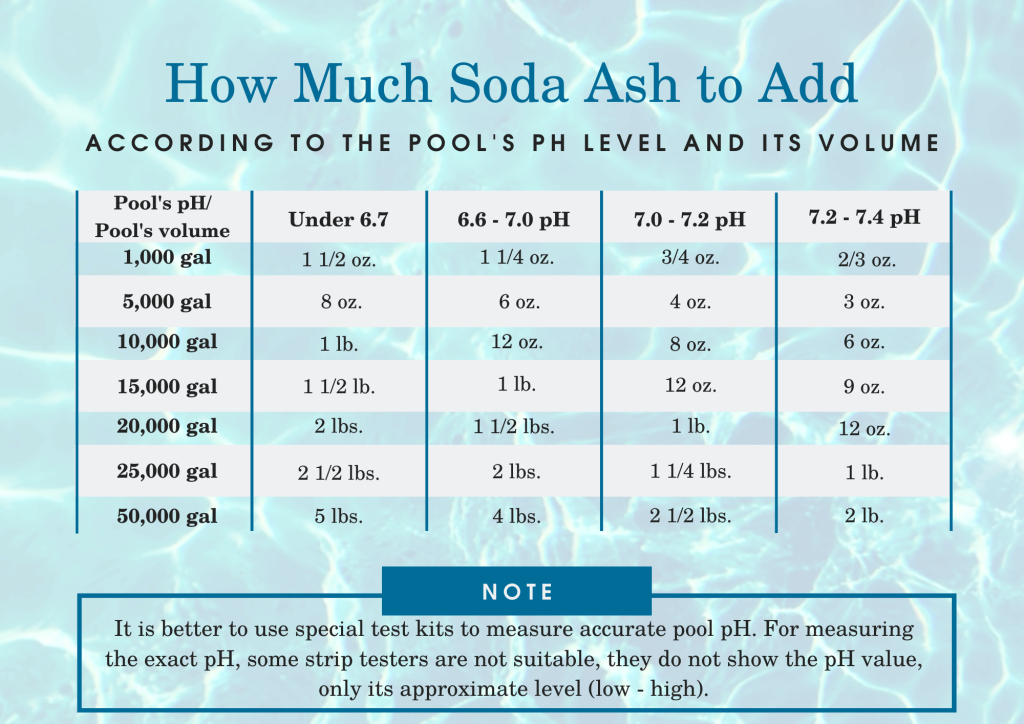
2. Add soda ash to the bucket to pre-dissolve it, so it will be evenly distributed throughout the pool and leave no sediment.
3. Run the pump for one to twelve hours to distribute the soda ash throughout the pool. If you add too much, the water will turn cloudy, like milk. In this case, you should lower the pH until the cloudiness disappears.
4. Check pH levels to make sure it’s above 7.2. Otherwise, repeat steps 1–4.
Rule #3: When pH Is High
Similarly to Rule #2, firstly you should increase TA levels. If the pH is higher than 7.8, follow the next steps.
1, Add the required amount of muriatic acid, indicated in the table below.
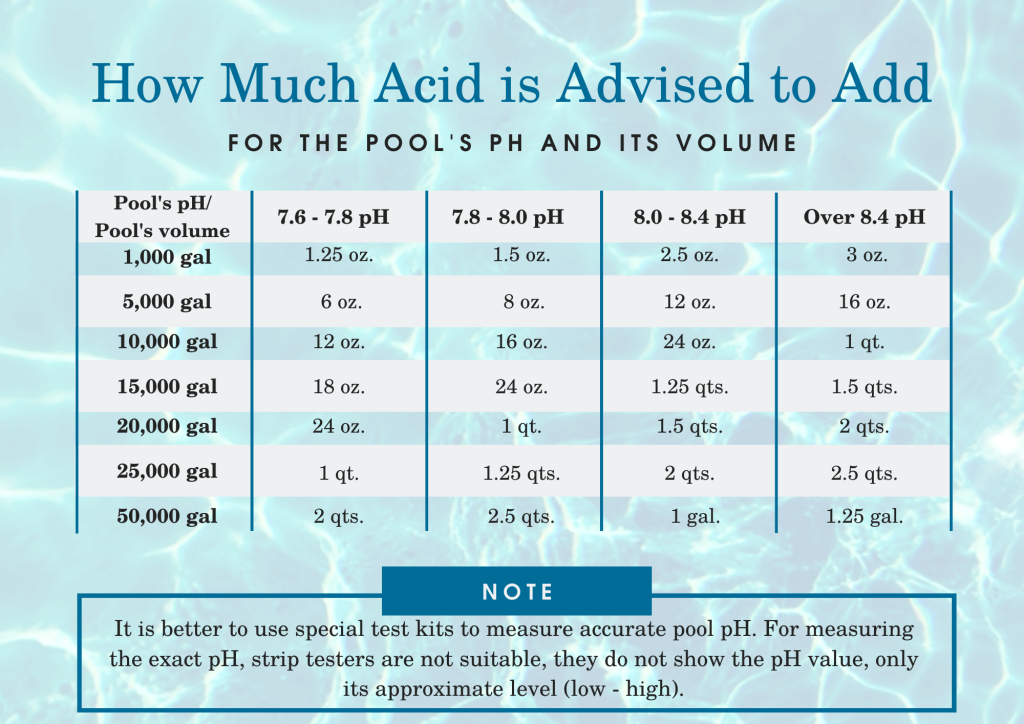
2. Add the chemical slowly near the pool edges. If you add this to the skimmer, it may damage the pool surface.
3. Wait one to twelve hours for muriatic acid to lower pH levels.
4. Check the pH. If it is more than 7.8, repeat steps 1–4.
Baking Soda vs. Soda Ash
Baking soda and soda ash are similar names for chemicals that have analogous active ingredients but cause different effects. Below, we compare them to set the record straight.
| Chemical | 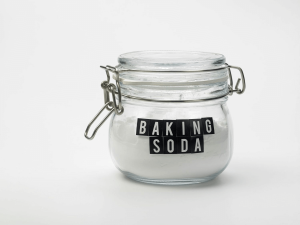 Baking soda | 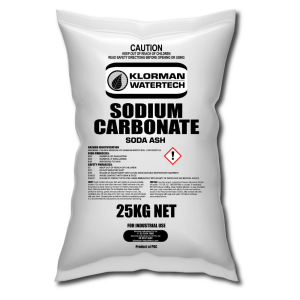 Soda ash |
| Purpose | Baking soda is used to increase TA. But since baking soda has a relatively low pH of 8.3, this chemical can't raise the pH much. | Soda ash is used to raise the pH, as this chemical has a high pH (11–11.6) when dissolved in water. |
| Active ingredients | Sodium bicarbonate | Sodium carbonate |
| Consumption | 1.5 lbs. per 10,000 gallons to raise TA by 10 ppm | 6 oz.–1 lb. per 10,000 gallons to raise pH by 0.2–1 |
Can I Add Alkalinity Increaser Directly To The Pool Water?
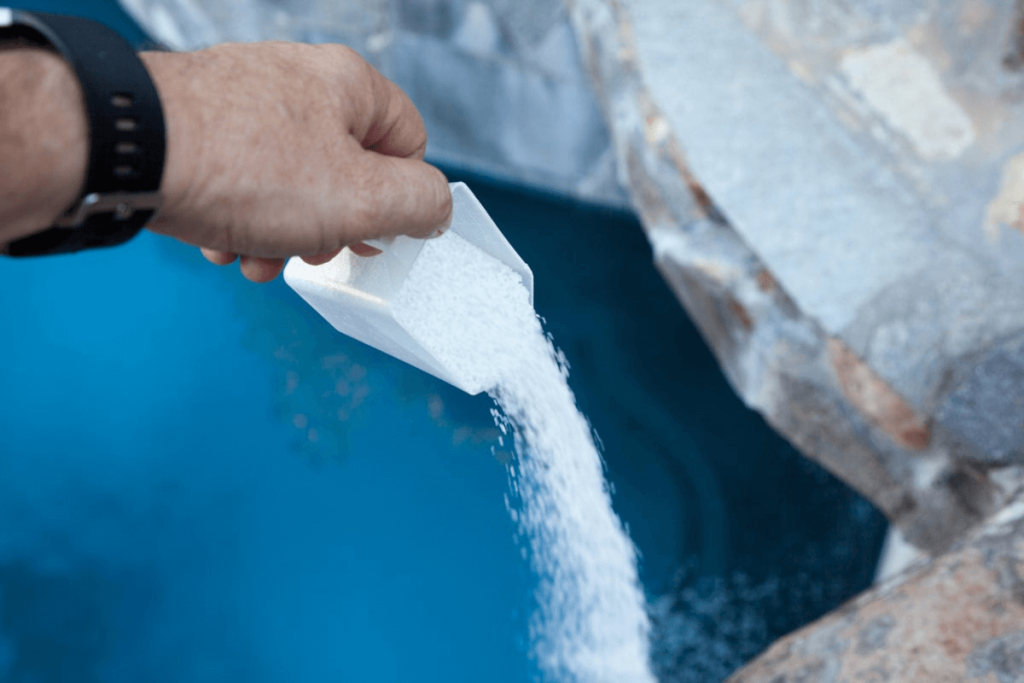
You can add an alkalinity increaser directly to the pool if you do not want to pre-dissolve it in a bucket. However, you should stick to the following three rules:
- Add an alkalinity increaser little by little. You should add the chemical in small increments and check your TA levels regularly to avoid overdosing.
- Add all over the pool surface. It will help to avoid chemical localization, which can cause scale formation.
- Turn on the filter pump. It will help distribute the chemical evenly throughout the pool to avoid sedimentation.
Summary
Total alkalinity is an important indicator that should be adjusted first. Otherwise, your pH will be unstable and you’ll have problems adjusting it. You know now that if the pH levels aren’t adjusted, other chemicals may be ineffective, and you will simply waste time and money.
Generally, you should test your TA levels at least once a month to ensure they’re adjusted. If you notice that they’re out of the 80–120 ppm range, you should measure the pH and turn to one of the three ways to raise the TA depending on the pH levels listed in this article.
FAQ
❔ What natural remedy increases alkalinity?
Almost all pH increases contain baking soda as a main ingredient. Its active ingredient is sodium bicarbonate, which concentration in swimming pools indicates total alkalinity.
😕 Why are alkalinity levels still low/high after adjusting?
Levels can remain unbalanced for several reasons: incorrect level tests, chemical interference, leaks, evaporation, or imbalanced chemical levels.
🕔 How often should I adjust TA levels?
We advise you to check your TA levels at least once a month. If you notice that they are lower than 80 ppm, you should increase the total alkalinity levels.
📉 What happens if the pool alkalinity is too low?
The main problem caused by low TA levels (< 80 ppm) is unstable pH. That is, your pH will constantly fluctuate, and it will be difficult to adjust it.


